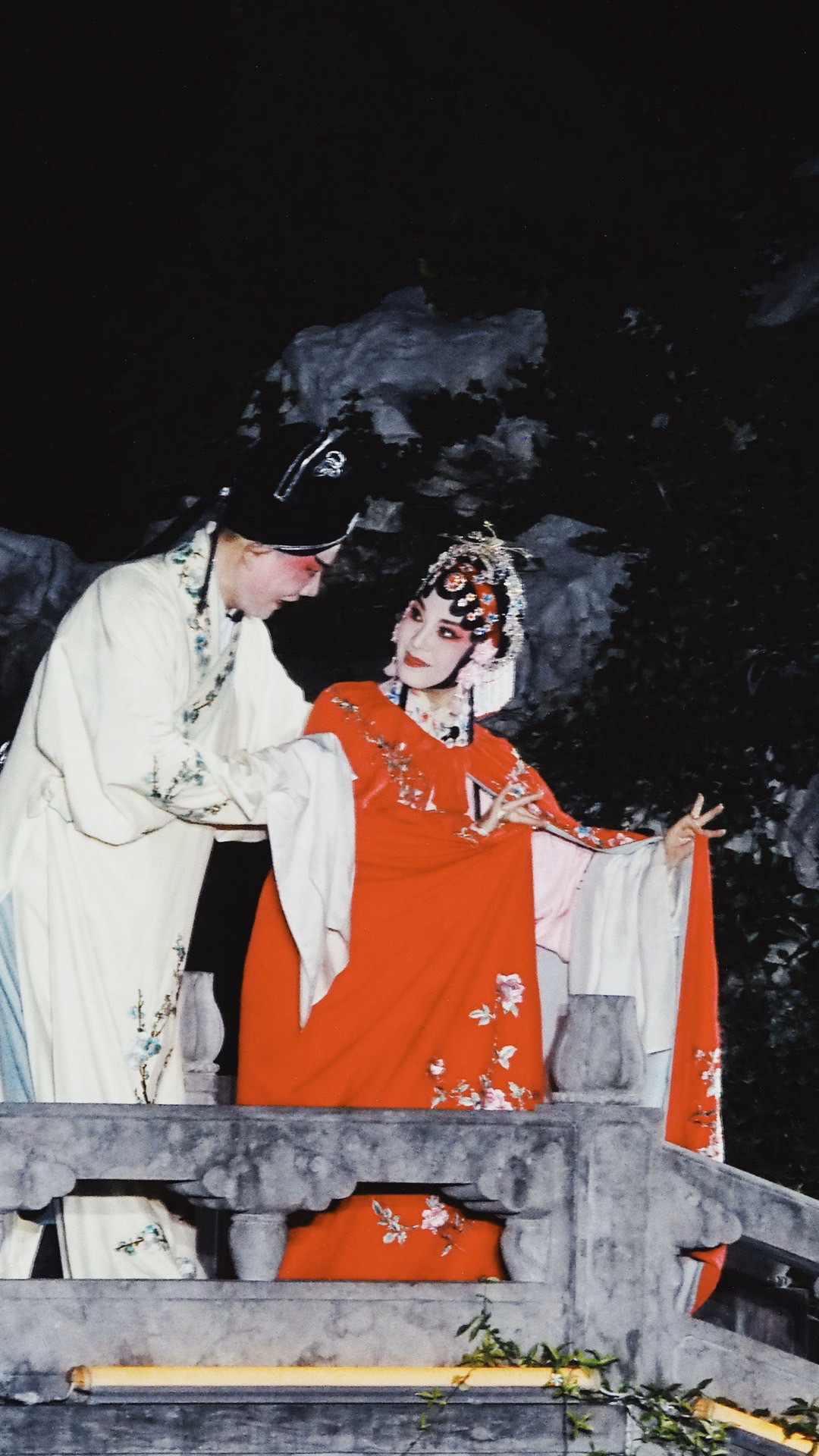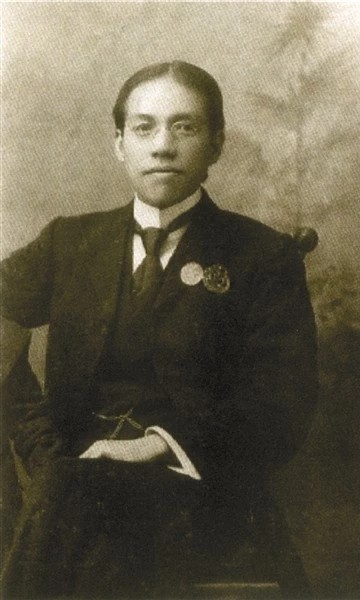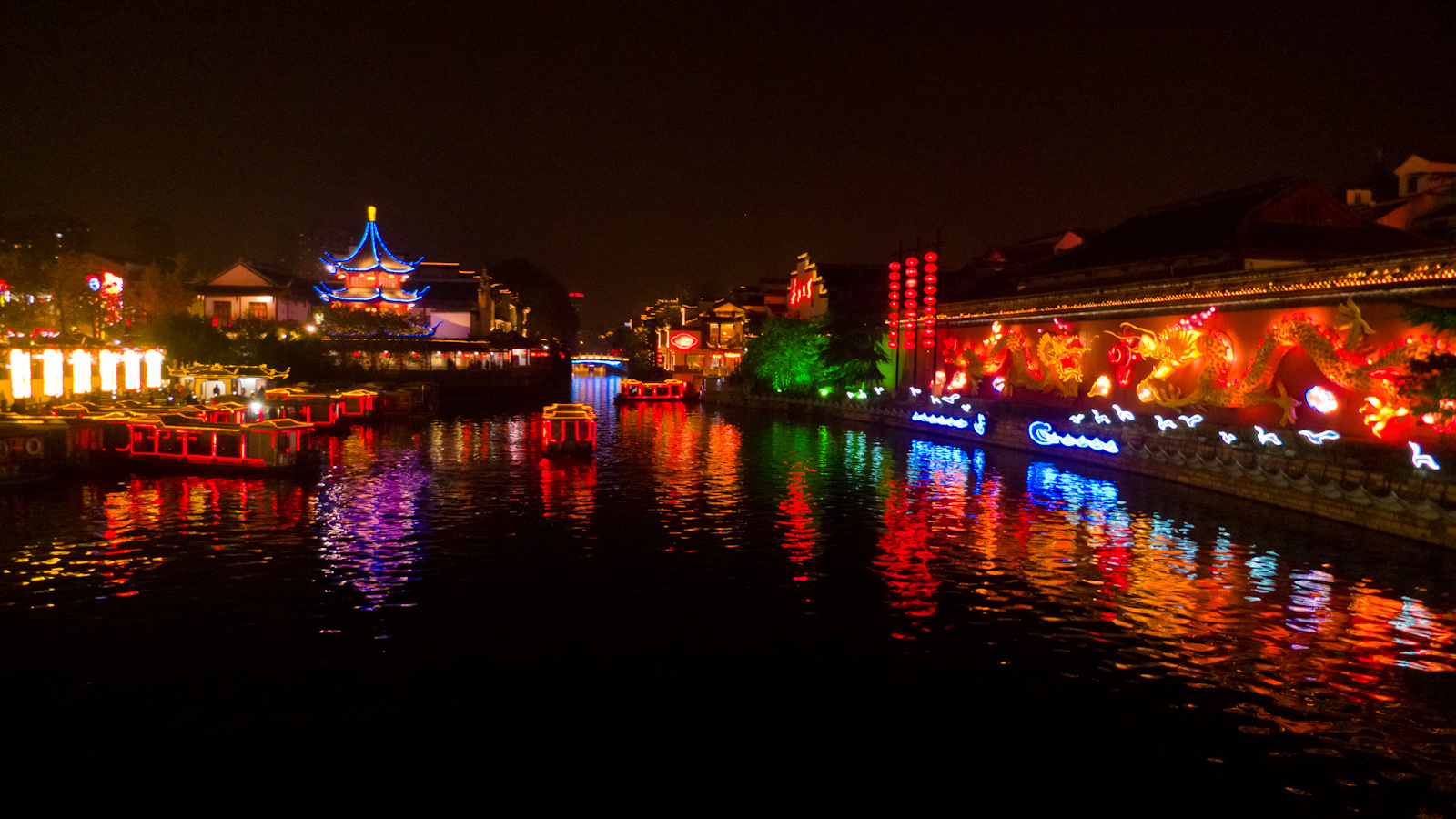|
The Peach Blossom Fan
''The Peach Blossom Fan'' () is a musical play and historical drama in 44 scenes that was completed in 1699 by the early Qing dynasty playwright Kong Shangren after more than 10 years of effort. The play depicts the drama that resulted in the 1644 collapse of the Ming dynasty.Acton, pxvii The play recounts the death of the Ming dynasty through the love story of its two main characters, young scholar Hou Fangyu ( 侯方域) and a courtesan named Li Xiangjun. The ''Indiana Companion to Traditional Chinese Literature'' has called it "China's greatest historical drama". An English translation published by the University of California Press was translated by Chen Shih-hsiang and Harold Acton, K.B.E. with Cyril Birch collaborating. Background In the early Qing dynasty, the rise and fall of the dynasty touched many poets and playwrights, especially intellectuals, which pushed them into thinking of the historical lessons taught by the downfall of the Ming. These writers, including ... [...More Info...] [...Related Items...] OR: [Wikipedia] [Google] [Baidu] |
Liang Qichao
Liang Qichao (Chinese: 梁啓超 ; Wade–Giles, Wade-Giles: ''Liang2 Chʻi3-chʻao1''; Yale romanization of Cantonese, Yale: ''Lèuhng Kái-chīu'') (February 23, 1873 – January 19, 1929) was a Chinese politician, social and political activist, journalist, and intellectual. His thought had a significant influence on the political reformation of modern China. He inspired Chinese scholars and activists with his writings and reform movements. His translations of Western and Japanese books into Chinese further introduced new theories and ideas and inspired young activists. In his youth, Liang Qichao joined his teacher Kang Youwei in the reform movement of 1898. When the movement was defeated, he fled to Japan and promoted a constitutional monarchy and organized political opposition to the dynasty. After the revolution of 1911, he joined the Beiyang government, serving as the chief justice and the first president of the currency system bureau. He became dissatisfied with Yuan S ... [...More Info...] [...Related Items...] OR: [Wikipedia] [Google] [Baidu] |
Chongzhen Emperor
The Chongzhen Emperor (; 6 February 1611 – 25 April 1644), personal name Zhu Youjian (), courtesy name Deyue (),Wang Yuan (王源),''Ju ye tang wen ji'' (《居業堂文集》), vol. 19. "聞之張景蔚親見烈皇帝神主題御諱字德約,行五,生於萬曆庚戌十二月二十四日寅時,崩於崇禎甲申三月十九日丑時。" was the 17th and last Emperor of the Ming dynasty. He reigned from 1627 to 1644. "Chongzhen," the era name of his reign, means "honorable and auspicious." Zhu Youjian was son of the Taichang Emperor and younger brother of the Tianqi Emperor, whom he succeeded to the throne in 1627. He battled peasant rebellions and was not able to defend the northern frontier against the Manchu. When rebels under Li Zicheng reached the capital Beijing in 1644, he committed suicide, ending the Ming dynasty. The Manchu formed the succeeding Qing dynasty. In 1645, Zhu Yousong, who had proclaimed himself the Hongguang Emperor of the Southern Ming, gave th ... [...More Info...] [...Related Items...] OR: [Wikipedia] [Google] [Baidu] |
Li Zicheng
Li Zicheng (22 September 1606 – 1645), born Li Hongji, also known by the nickname, Dashing King, was a Chinese peasant rebel leader who overthrew the Ming dynasty in 1644 and ruled over northern China briefly as the emperor of the short-lived Shun dynasty before his death a year later. Biography Li Zicheng was born in 1606 as Li Hongji to an impoverished family of farmers in Li Jiqian village, Yan'an prefecture, northeast Shaanxi province. Li Zicheng had a brother who was 20 years his senior and raised Li Zicheng alongside his son and Zicheng’s nephew, Li Guo. While Li Zicheng was literate, the source of his education is disputed. Over the course of his late adolescence and early adulthood, Li worked on a farm, in a wine shop, in a blacksmith's shop, and as a mailman for the state courier system. According to folklore, in 1630, Li was put on public display in an iron collar and shackles for failing to repay loans to a usurious magistrate. The magistrate, a man by the nam ... [...More Info...] [...Related Items...] OR: [Wikipedia] [Google] [Baidu] |
Yangzhou
Yangzhou, postal romanization Yangchow, is a prefecture-level city in central Jiangsu Province (Suzhong), East China. Sitting on the north bank of the Yangtze, it borders the provincial capital Nanjing to the southwest, Huai'an to the north, Yancheng to the northeast, Taizhou to the east, and Zhenjiang across the river to the south. Its population was 4,414,681 at the 2010 census and its urban area is home to 2,146,980 inhabitants, including three urban districts, currently in the agglomeration. Historically, Yangzhou was one of the wealthiest cities in China, known at various periods for its great merchant families, poets, artists, and scholars. Its name (lit. "Rising Prefecture") refers to its former position as the capital of the ancient Yangzhou prefecture in imperial China. Yangzhou was one of the first cities to benefit from one of the earliest World Bank loans in China, used to construct Yangzhou thermal power station in 1994. Administration Currently, the prefecture ... [...More Info...] [...Related Items...] OR: [Wikipedia] [Google] [Baidu] |
Shi Kefa
Shi Kefa (4 February 1601 – 20 May 1645), courtesy names Xianzhi and Daolin, was a government official and calligrapher who lived in the late Ming dynasty. He was born in Xiangfu (祥符; present-day Kaifeng, Henan) and claimed ancestry from Daxing County, Shuntian Prefecture (順天府大興縣; in present-day Beijing). He was mentored by Zuo Guangdou (). He served as the Minister of War in Nanjing during the early part of his career. He is best remembered for his defence of Yangzhou from the Qing dynasty and was killed when Yangzhou fell to Qing forces in April 1645. After his death, the Southern Ming granted him the posthumous name "Zhongjing" (忠靖; means "loyal and peaceful"). Nearly a century later, the Qianlong Emperor of Qing granted Shi Kefa another posthumous name, "Zhongzheng" (忠正; means "loyal and upright".) His descendants collected his works and compiled them into a book titled ''Lord Shi Zhongzheng's Collections'' (). Early life and career Shi Kefa took the ... [...More Info...] [...Related Items...] OR: [Wikipedia] [Google] [Baidu] |
Wuchang District
Wuchang forms part of the urban core of and is one of 13 urban districts of the prefecture-level city of Wuhan, the capital of Hubei Province, China. It is the oldest of the three cities that merged into modern-day Wuhan, and stood on the right (southeastern) bank of the Yangtze River, opposite the mouth of the Han River. The two other cities, Hanyang and Hankou, were on the left (northwestern) bank, separated from each other by the Han River. The name "Wuchang" remains in common use for the part of urban Wuhan south of the Yangtze River. Administratively, however, it is split between several districts of the City of Wuhan. The historic center of Wuchang lies within the modern Wuchang District, which has an area of and a population of 1,003,400. Other parts of what is colloquially known as Wuchang are within Hongshan District (south and south-east) and Qingshan District (north-east). Presently, on the right bank of the Yangtze, it borders the districts of Qingshan (for a v ... [...More Info...] [...Related Items...] OR: [Wikipedia] [Google] [Baidu] |
Ruan Dacheng
Ruan may refer to: Buildings *Ruan Center, office building in Des Moines, Iowa *John Ruan House, historic mansion in Philadelphia, Pennsylvania Places *Ruan, County Clare, Ireland *Ruan, Loiret, France *Mont Ruan, Switzerland *Ruan Major and Ruan Minor, two settlements in Cornwall, UK, forming part of the civil parish of Grade–Ruan *Ruan Lanihorne, a civil parish and village in south Cornwall People *Ruan (Also known as Ruannfps, born in 2008), Fortnite professional player, full name ''Ruan Pablo'' *Ruan (footballer, born 1991), Brazilian football player, full name ''Ruan Teixeira Silva'' *Ruan Renato (born 1994), Brazilian football player *Ruan (footballer, born 1995), Brazilian football player, full name ''Ruan Gregório Teixeira'' * Ruan (footballer, born 1998), Brazilian football player, full name ''Ruan Vinicius Silva de Jesus'' *Ruan (footballer, born 2005), Brazilian football player, full name ''Ruan Pereira Duarte'' *Ruan (surname) Other uses *Ruan (instrument) ... [...More Info...] [...Related Items...] OR: [Wikipedia] [Google] [Baidu] |
Qinhuai River
The Qinhuai River () is a tributary of the Yangtze with a total length of 110 km. It flows through central Nanjing and is called "Nanjing's mother river". It is the "life blood" of the city. The Qinhuai River is divided into inner and outer rivers. The scenic belt along the Qinhuai River meets with the Confucius Temple at the center and the river serving as a bond. The belt, featuring attractions such as Zhanyuan Garden, the Confucius Temple, Egret Islet, China Gate as well as the sailing boats in the river and pavilions and towers on the riverbanks, is a blend of historic sites, gardens, barges, streets, pavilions, towers, folk culture and customs. History The Qinhuai River used to be called Huai Water and was renamed Qinhuai to the legend that Qin Emperor Shihuang, the first emperor of the Qin dynasty (221–206 BC), ordered to introduce Huai Water to the city by excavating a mountain. It is a branch of the Yangtze River, running about 110 kilometres, a major watercours ... [...More Info...] [...Related Items...] OR: [Wikipedia] [Google] [Baidu] |
Nanjing
Nanjing (; , Mandarin pronunciation: ), alternately romanized as Nanking, is the capital of Jiangsu province of the People's Republic of China. It is a sub-provincial city, a megacity, and the second largest city in the East China region. The city has 11 districts, an administrative area of , and a total recorded population of 9,314,685 . Situated in the Yangtze River Delta region, Nanjing has a prominent place in Chinese history and culture, having served as the capital of various Chinese dynasties, kingdoms and republican governments dating from the 3rd century to 1949, and has thus long been a major center of culture, education, research, politics, economy, transport networks and tourism, being the home to one of the world's largest inland ports. The city is also one of the fifteen sub-provincial cities in the People's Republic of China's administrative structure, enjoying jurisdictional and economic autonomy only slightly less than that of a province. Nanjing has be ... [...More Info...] [...Related Items...] OR: [Wikipedia] [Google] [Baidu] |


.jpg)





